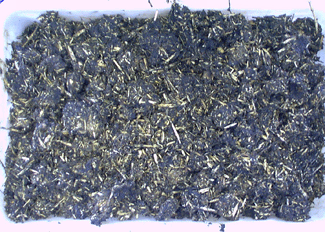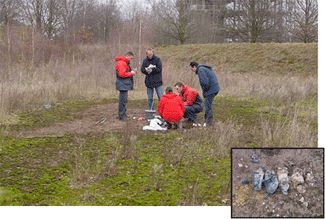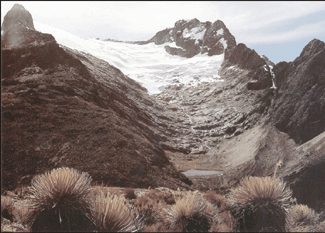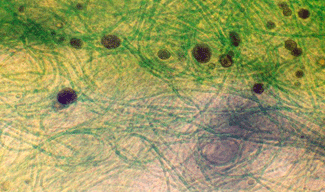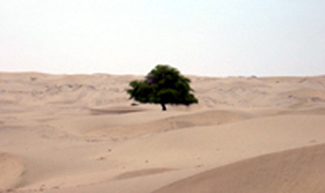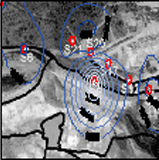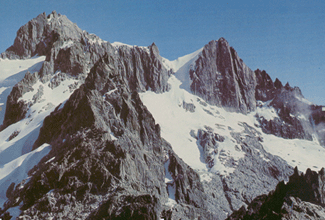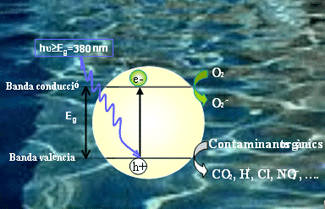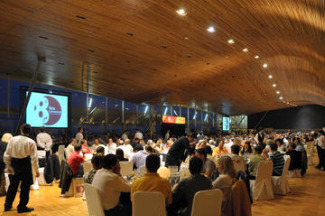The construction of an industrial composting unit often leads to conflict due to the social rejection it causes among local residents because of the contamination to the atmosphere and bad smells it creates. Researchers of the Organic Waste Compost Group of the Department of Chemical Engineering have now managed to minimise contaminant gases...
